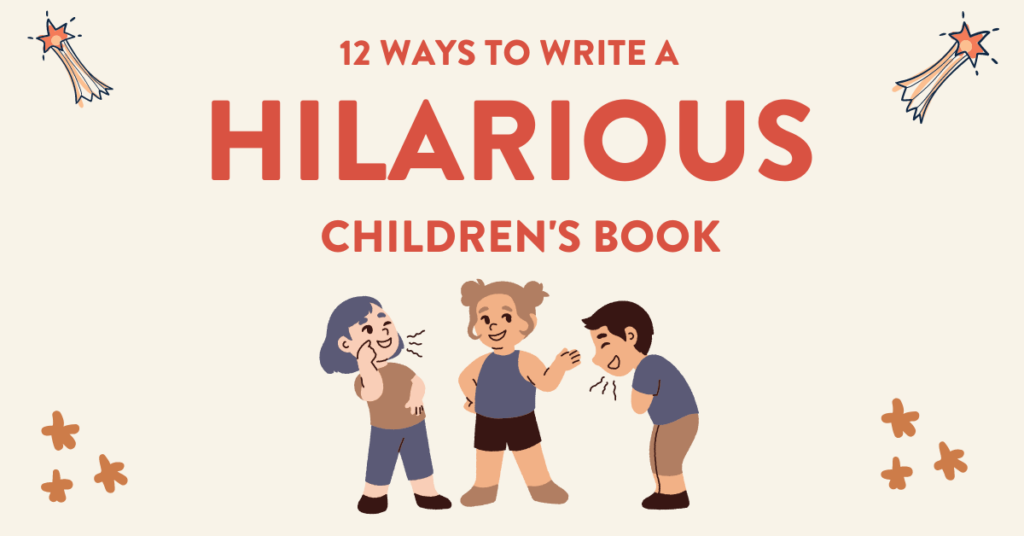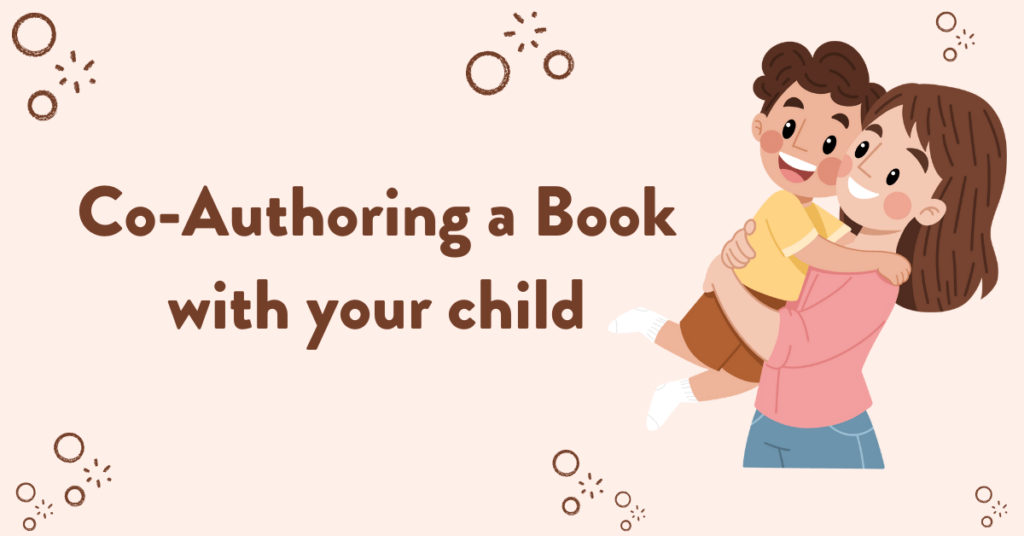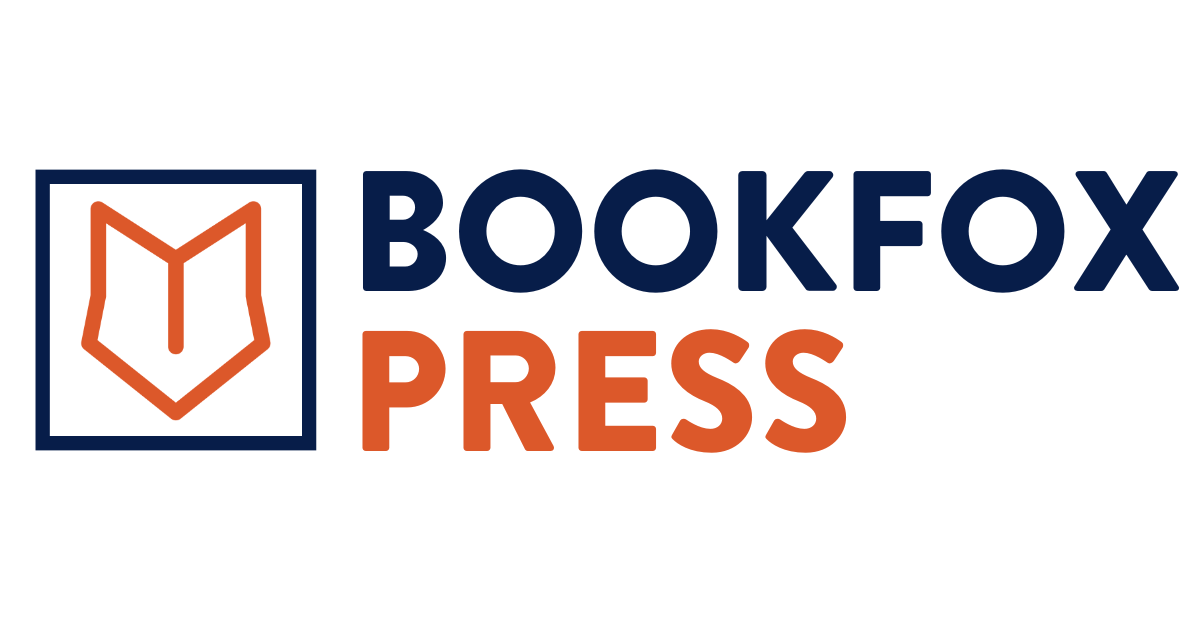
Guest Post by Courtney Langdell
Board books are a no-brainer for the 0-3 age group. Those thick, laminated, impossible-to-rip pages are perfect for sticky, unpredictable little hands.
But they’re also expensive to print one at a time…so expensive that companies like Amazon KDP and IngramSpark refuse to print them on demand.
But that’s no reason to lose hope! Here’s a full guide to publishing board books.
In this article, we’ll cover the following steps:
- Formatting
- Printing
- Storage and distribution
- Making back your investment
If you’re saying woah, slow down! What about editing and illustrations? It’s worth noting that your early steps (editing, illustration, cover design, and obtaining an ISBN number) won’t differ from a typical paperback or hardcover children’s book.
We cover all those steps in our article about how to self-publish a children’s book. And we have an article on how to write a children’s book if you haven’t done that part yet either.
We also offer developmental editing services and a course on writing children’s books.
So start there if you haven’t finished those steps, and then meet me back here!
[Brief Intermission]
Okay! Welcome back! Your board book has been written and edited, and you’ve chosen an illustrator, but now you’re wondering how to format, print and sell copies? We’ll break that down below.
Formatting
Trim size
You may be used to seeing 8.5 X 8.5 in. or 8 X 10 in. trim sizes in traditional children’s books, but the trim sizes for board books are substantially smaller. You’ll want to choose a size that’s small enough for those tiny hands to grip on to.
The following trim sizes are considered industry standard:
- 5 x 5 in.
- 6 x 6 in.*
- 7 by 7 in.
*6 x 6 in. is the most common.
Page count and layout
In a traditional book, you open the cover and see page one on the right-hand side. But in board books, the first interior page is printed on the back of the front cover.
So that piece of board that holds your cover design also holds your very first page. Likewise, the last page of your novel is printed on the reverse side of your back cover.
For this reason, your interior page count should always be an even number.
Printing
Board books are costly for printers, so they refuse to print one copy at a time. Instead they’ll require what’s called a print run, which is industry lingo for “printing a bunch of books at once.”
Most printers require a minimum number of board books per print run. The minimum is typically 500 or 1,000 copies, so be prepared to invest some money up front!
PrintNinja is a reliable printer with an easy-to-use, online printing quote tool. Use it to play around with page numbers and quantities and see what falls within your budget.
Here’s an industry secret: the more books you print at once, the cheaper they are per unit.
So if you’re looking to lower your printing costs, go with 1,000 copies instead of 500. Your printing costs may decrease by over a dollar per book.
That’s over a thousand dollars saved if you’re printing 1,000 books!
If you’re crunching numbers in your head and it still sounds expensive, remember that you won’t lose any money to printing costs during the sales phase. When you sell books through a Print-On-Demand company (POD) like Amazon KDP, they will take a few dollars out of every sale to cover printing costs before calculating your royalty.
That said, if you don’t have the money up front or don’t feel confident that you’ll recoup those costs, consider publishing a hardcover book through Amazon KDP or Ingram Spark instead.
Or come to us at Bookfox Press and we’ll take care of the publishing process for you!
Storage and distribution
Your board books are now hot off the press! And your printer wants to know where to ship them…
Storage
There are countless options for storing your board books.
Options include but are not limited to:
- Your closet
- Your basement
- Under your bed
- A local storage unit
- A third party like Amazon
There are even some printing companies like IAPC that will store and distribute your books for a fee. More on that below.
I don’t need to provide you with directions to your closet, so let’s skip to the third-party choice.
Amazon offers two different options:
Let’s explain what each of those mean.
Fulfilment by Amazon (FBA)
Amazon can store your books for a monthly fee and ship your book to any Amazon customers who purchase it. This is the most hands-off option for authors because you don’t have to lift a finger to fulfill a sale.
How much does this cost? It’s hard to say. Your monthly charge will be based on the daily average volume of space you’re taking up in their warehouse. Rates will fluctuate depending on season (with higher prices during the winter holidays) and will raise over time if they’ve held your product for too long…say for over a year.
Fulfillment by Merchant (FBM)
If you choose FBM then you (the merchant) are responsible for shipping out your product to anyone who purchases it on Amazon.
Alternatively, you can choose to work with another third party who will store and fulfill those Amazon orders for you.
IACP is an example of a third party who can print, store and fulfill any Amazon orders. You can set up your Amazon sellers account to notify them as sales occur.
Extra Tip: IACP can also fulfill shipments to schools, libraries and bookstores. You’ll just need to fill out a form letting them know how many copies to send.
How to set up an Amazon Sellers Account
Either of these options will require you to have an Amazon Seller account. It’s quick and easy to sign up at that link.
They have two pricing options. You can pay a monthly fee of $40, and Amazon will take $0 from your sales, OR you can pay $0 for the account and Amazon will take $0.99 from every sale you make.
Getting your books to your preferred third party
Be sure to factor in shipping costs to get your books from the printer to the third-party storage warehouse! Board books are heavy and shipping them comes at a price. Shipping 500 copies of a 14-page board book from a US printer to a US warehouse can run you well over $600. Double that if you’ve printed 1,000 copies.
I mentioned IACP as a third party for printing, storage and distribution. Note that their printing facility and storage facility are located separately, so it will cost a fee to ship them there.
Luckily, IACP ships to their own warehouse in bulk…so shipping costs to their warehouse will be a fraction of a cost than shipping to anywhere else.
A note about storing books yourself:
Shipping board books is expensive, period. Shipping them to yourself means your storage might be free, but you’ll need to ship individual orders out later on. That will take time, energy and additional shipping costs, so it may be easier and cheaper to let a third party store and fulfill any orders.
If you do choose to store your own books, make sure you’re keeping them away from areas that are prone to flooding or under windowsills that might produce excess condensation in cold weather. Board books can withstand drool and spit-up, but not months on end in a soggy cardboard box.
As for covering the cost of getting your book to its final destination, either charge your customers shipping or inflate the price of your book to cover the shipping cost.
Sell your Book
Now that you’ve got a product and supply chain arranged, it’s time to sell some books! Here are a few ideas to start recouping that cash.
Author tour and readings
Bookstore readings are a great way to sell some books, prompt word-of-mouth, and build a relationship with readers—turning them into loyal followers.
An added bonus: if your reading is a success, then the bookstore will likely ask to purchase and stock some extra copies too!
Check out our 8 Tips on how to score bookstore readings. We’ve included some extra tips on how to get an audience there once you’ve secured an event.
Libraries are another great venue for your author tour—and can be the push a library needs to purchase your book. Jane Friedman has an article detailing how to get your book into libraries, and it includes an email template for pitching them your book.
Email marketing, social media, influencers and SEO strategy
Don’t overlook the power of online marketing! While it may not come to mind as quickly as that big author tour you’ve dreamt of, the internet can reach far more people at once than your local indie bookshop and café.
Read up on our list of children’s book marketing ideas that covers email marketing, social media marketing, as well as using influencers and SEO strategy.
Hire a publicist
If you have the budget for it, hire a publicist! Publicists have connections and experience that can turn your book into a bestseller. And it will save you time and energy that you can reinvest into new projects…like writing your next book.
Don’t know where to look? We have a list of the 25 best book publicists!
Prefer to DIY the marketing process?
Take our marketing course, “Your First Bestseller,” or get it free when you publish through Bookfox Press!
Publishing board books may be a little more daunting than publishing in paperback or hardcover. But don’t let that discourage you! There are plenty of options for tailoring to your budget.
And there’s a wealth of 0–3-year-olds who deserve a book they won’t accidentally ruin.
Leave a comment below if this guide was helpful or if you have any questions!
Also, be sure to check out:
- Children’s book course — “Two Weeks To Your Best Children’s Book”
- Children’s book editing
- Publishing with Bookfox Press




2 comments
Hi, Im looking for the best route to getting my board book published whether self publishing or using a publisher. I would love some insight
I am curious in makin my kids book into a board book. It’s currently on Amazon and they don’t offer board books pod. I was curious since it’s already published on Amazon if there would be a conflict with having the same book be boarded with you?